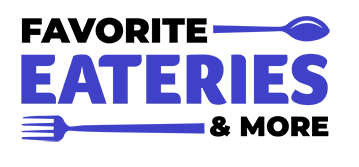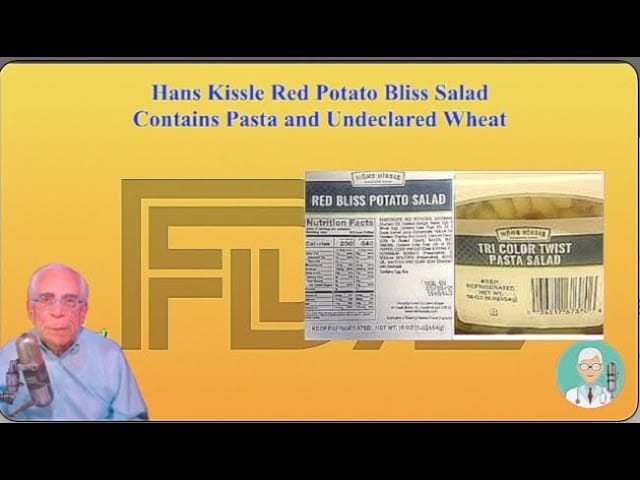American Foods That Are Banned in Other Countries (And Why)
When you think of American food, chances are you picture juicy burgers, golden fries, colorful breakfast cereals, and maybe a can of soda to wash it all down. While these staples are widely available across the U.S., many of them are surprisingly banned—or at least heavily restricted—in other parts of the world.
Other countries have stricter food safety standards when it comes to additives, artificial colors, and farming practices. What’s perfectly legal to eat in the United States can be outlawed elsewhere due to potential health risks. Here’s a closer look at some of the most well-known American foods that you won’t find on the shelves overseas.
1. Mountain Dew, Gatorade, and Other Sodas with Brominated Vegetable Oil (BVO)
Until recently, popular American drinks like Mountain Dew, Gatorade, and certain sports or citrus-flavored sodas contained brominated vegetable oil (BVO). This additive was originally patented as a flame retardant. It helps keep citrus flavors evenly distributed in the beverage instead of separating.
Where it’s banned: The European Union, Japan, and India prohibit BVO.
Why: Studies suggest that bromine can build up in the body and cause memory loss, skin lesions, or thyroid problems with long-term exposure.
Though PepsiCo and Coca-Cola have reformulated some products to remove BVO in recent years, the ban still highlights differences in safety standards.
2. Farmed Salmon
If you enjoy salmon fillets in the U.S., there’s a good chance they’re farm-raised. But not every country allows this version of seafood.
Where it’s banned: Australia and New Zealand restrict certain imports of farmed salmon.
Why: Farmed salmon are often fed synthetic astaxanthin to give them their pinkish color (wild salmon get it naturally from their diet of krill). This synthetic version isn’t approved for human consumption in some countries. Additionally, concerns about antibiotics and overcrowding in fish farms make some nations wary.
3. Chlorine-Washed Chicken
Chicken is one of the most consumed proteins in America, but the way it’s processed has sparked global controversy. In the U.S., chicken is often washed in chlorine to kill bacteria like salmonella.
Where it’s banned: The European Union and the U.K. prohibit chlorine-washed chicken.
Why: While chlorine itself isn’t considered harmful in small amounts, European regulators argue that the practice encourages poor hygiene earlier in the farming process, allowing unsanitary conditions to persist.
4. Skittles, M&M’s, and Other Artificially Colored Candies
Brightly colored candies are an American childhood staple. But many nations don’t allow the same versions you find in U.S. stores.
Where they’re banned/restricted: The EU requires warning labels on candies with artificial dyes, and countries like Norway and Austria have banned some of them outright.
Why: Dyes such as Yellow No. 5, Yellow No. 6, and Red No. 40 have been linked to hyperactivity in children and possible allergic reactions. Europe often insists on natural alternatives like beet or paprika extract instead.
5. Ractopamine Pork
In the U.S., farmers often use ractopamine, a feed additive that helps pigs grow leaner and faster. While it’s legal here, it’s widely rejected abroad.
Where it’s banned: The European Union, China, and over 100 other countries forbid pork with ractopamine residues.
Why: Some studies suggest it can cause rapid heartbeat and other side effects in humans. Out of caution, most countries simply ban it altogether.
6. Frosted Flakes, Froot Loops, and Other Sugary Cereals
Colorful breakfast cereals with cartoon mascots line American grocery aisles. But overseas, many of these cereals are made with different recipes—or not available at all.
Where restricted: The U.K. and much of Europe regulate added sugar and artificial dyes in children’s cereals.
Why: Aside from food coloring concerns, cereals in the U.S. often contain very high sugar levels compared to their international counterparts. European nations have stricter rules about advertising sugary foods to kids.
7. Processed Breads with Potassium Bromate or Azodicarbonamide
American sandwich bread often contains potassium bromate or azodicarbonamide (ADA) to improve texture and shelf life. ADA even made headlines when it was exposed as the “yoga mat chemical.”
Where it’s banned: The EU, Canada, China, and Brazil.
Why: Potassium bromate is classified as a possible human carcinogen. ADA has also been linked to asthma and other respiratory issues in workers exposed during baking.
8. Coffee-Mate Creamer and Other Trans-Fat Heavy Foods
Non-dairy creamers like Coffee-Mate often contain partially hydrogenated oils, a source of artificial trans fats. While the U.S. has moved to phase them out, many products still use small amounts.
Where banned: Denmark, Switzerland, and Austria were among the first countries to ban trans fats, with many others following.
Why: Trans fats are strongly linked to heart disease and are considered unsafe at any level.
9. Little Debbie Cakes and Hostess Treats
Snack cakes like Twinkies, Zebra Cakes, and HoHos are iconic in the U.S., but some of their ingredients raise eyebrows abroad.
Where restricted: The U.K. and EU limit or ban versions with certain food dyes, preservatives, or high-fructose corn syrup.
Why: Beyond artificial colors, these snacks are often criticized for high sugar and chemical preservatives.
10. Milk with rBGH (Recombinant Bovine Growth Hormone)
Many American dairy farmers use rBGH, a synthetic hormone that boosts milk production.
Where it’s banned: Canada, the EU, Japan, Australia, and New Zealand.
- Why: rBGH can increase levels of insulin-like growth factor (IGF-1) in milk, which some studies link to cancer risks. While the FDA considers it safe, many countries avoid the risk entirely.
Final Thoughts
What’s interesting about these bans is that they don’t necessarily mean the U.S. is reckless with food safety. Instead, they highlight cultural and regulatory differences. America often prioritizes industry efficiency and consumer choice, while other nations lean toward caution and natural alternatives.
The global debate around food safety is far from over, but one thing is certain: the next time you travel abroad, don’t be surprised if your favorite American snack is missing from the shelves.


